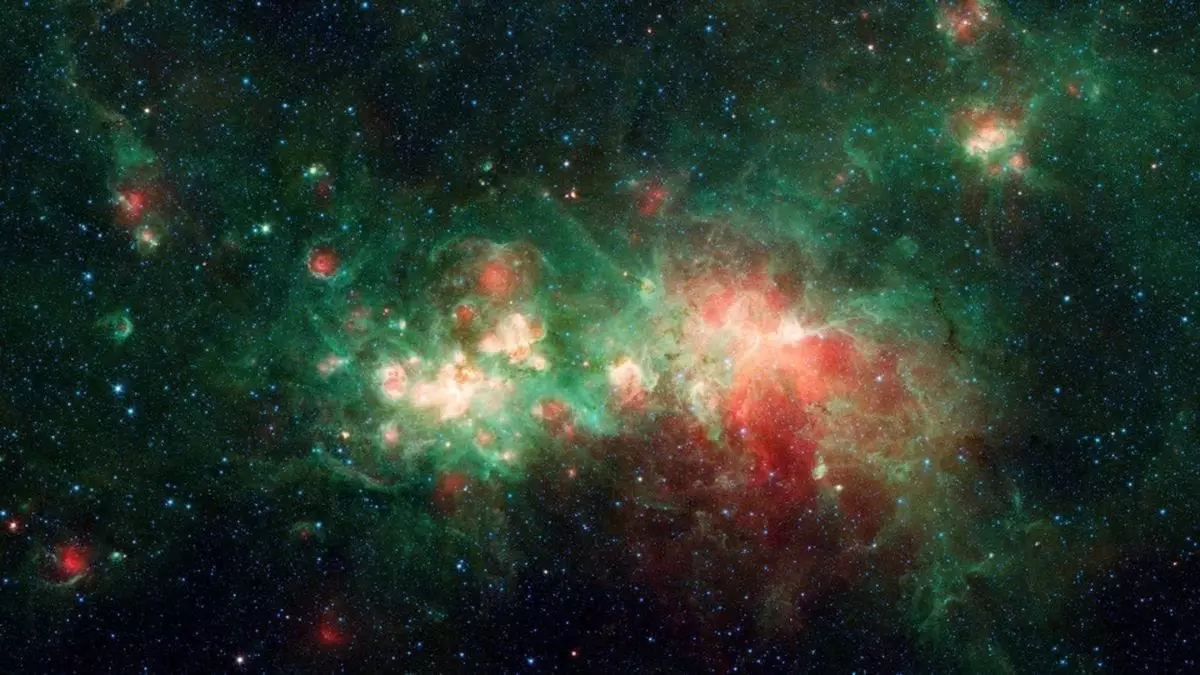Recent studies using data from prominent astronomical surveys are challenging existing perceptions of how the universe has evolved. Led by prominent researchers Joshua Kim and Mathew Madhavacheril from the University of Pennsylvania, a new analysis taps into data provided by both the Atacama Cosmology Telescope (ACT) and the Dark Energy Spectroscopic Instrument (DESI). This comprehensive investigation uncovers significant deviations in the expected distribution of cosmic structures, especially over the past four billion years—a period crucial for understanding the nature of our universe’s evolution.
The research, documented in the Journal of Cosmology and Astroparticle Physics and available on arXiv, intertwines the cosmic microwave background (CMB) lensing data from ACT with DESI’s mapping of luminous red galaxies (LRG). The CMB data gives us a glimpse into the primordial universe, allowing scientists to assess conditions as they stood just 380,000 years following the Big Bang. Conversely, DESI focuses on the three-dimensional layout of millions of galaxies, effectively shedding light on how cosmic structures have developed in the more recent cosmos.
The analysis revealed a noteworthy discrepancy when examining the clumpiness of matter. This phenomenon is quantified by a parameter known as Sigma 8 (σ8), which gauges fluctuations in density. A reduced σ8 value points to the possibility that cosmic structures may not have formed in accordance with predictions laid out by conventional cosmological models, which are generally based on observations from the early universe.
Professor Mathew Madhavacheril expresses intrigue over these findings, noting that while the results predominantly support Einstein’s gravity theory, the observed discrepancies indicate that there may be more to the cosmic puzzle than current models convey. Although this discrepancy is not yet statistically robust enough to assert the presence of new physics, it certainly calls for deeper examination into the foundations of our cosmological understanding.
One leading hypothesis scrutinized by researchers is the role of dark energy—the enigmatic force believed to be driving the accelerated expansion of the universe. This element might be influencing the formation of cosmic structures in ways that diverge from established theories.
Anticipating future observations with cutting-edge instruments like the Simons Observatory, researchers are poised to refine these measurements further. As astronomers continue to collect data, they aim to discern whether the observed discrepancies represent mere anomalies or reveal an unrecognized mechanism that current cosmological models do not adequately address.
Given the complexity of cosmic evolution, it is evident that the journey to fully understand the universe is ongoing. This latest study underscores the importance of continuous inquiry and innovation in the field of cosmology. As our observational capabilities expand, we may soon unlock mysteries that lie beyond our current reach, reshaping our understanding of the cosmos.


Leave a Reply